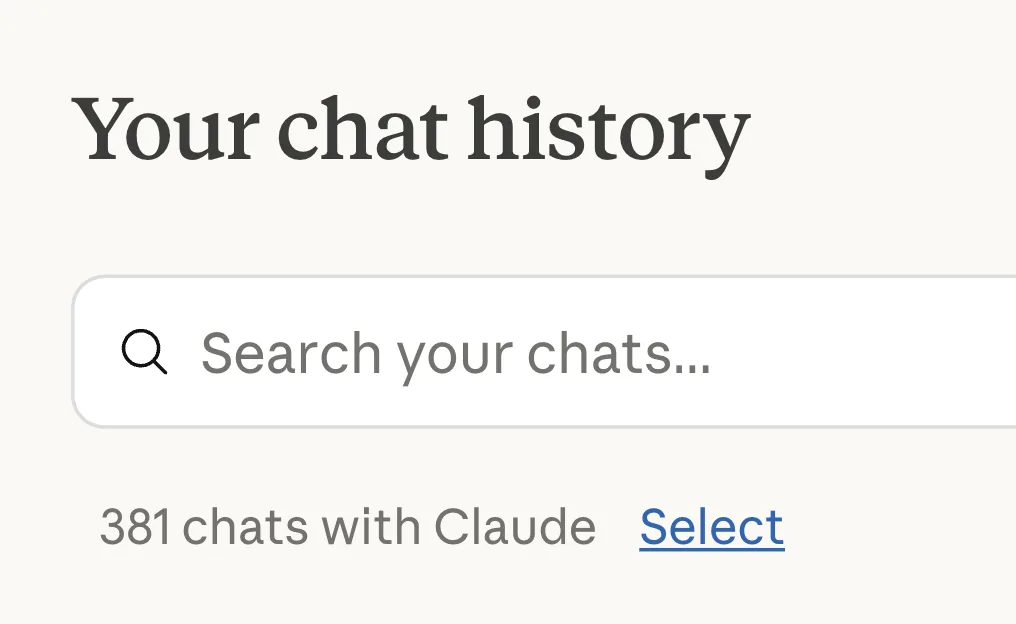
What do we call this thing? Is it a bot, AI, ChatGPT, an agent, or something else?
Users deserve to know what or who they are interacting with. Naming sets expectations, signaling whether this is a tool, a partner, or something in between. It also allows for customization: a name can be branded by the company, chosen by the user, or even adapted to a specific context. This makes the AI feel less like an abstract system and more like something that belongs in the user’s world.
AI names are an ambiguous pattern. If users already know they are dealing with AI, a generic label like “AI assistant” may suffice. But naming is also a brand decision and an opportunity to establish voice. Intercom calls their AI “Fin,” an approachable name that pairs with a disclosure badge so users know they are interacting with AI.
Salesforce’s “Einstein” ties into the company’s broader identity. GitHub’s “Copilot” communicates role and relationship, while Notion keeps things simple with “Ask AI.” Each choice positions the AI differently, framing it as either a teammate, a tool, or a brand persona.
Naming conventions are converging around four common approaches:

Alongside these, a secondary pattern is often used: badges that make it clear when the interaction is with AI versus a human. These signals support transparency, but they also work alongside naming choices to reinforce brand and user trust.

